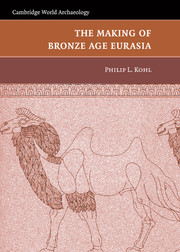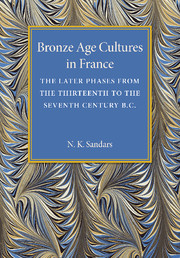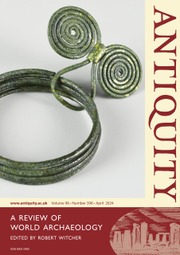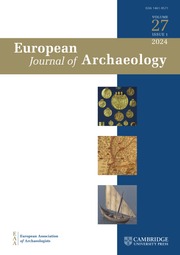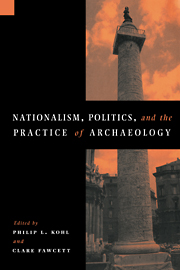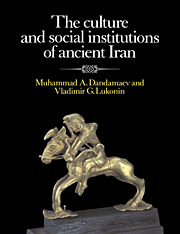The Making of Bronze Age Eurasia
This book provides an overview of Bronze Age societies of Western Eurasia through an investigation of the archaeological record. Philip L. Kohl outlines the long-term processes and patterns of interaction that link these groups together in a shared historical trajectory of development. Interactions took the form of the exchange of raw materials and finished goods, the spread and sharing of technologies, and the movements of peoples from one region to another. Kohl reconstructs economic activities from subsistence practices to the production and exchange of metals and other materials. He also examines long-term processes, such as the development of more mobile forms of animal husbandry, which were based on the introduction and large-scale utilization of oxen-drive wheeled wagons and , subsequently, the domestication and riding of horses; the spread of metalworking technologies and exploitation of new centers of metallurgical production; changes in systems of exchange from those dominated by the movement of luxury goods to those in which materials essential for maintaining and securing the reproduction of the societies participating in the exchange network accompanied and/or supplanted the trade in precious materials; and increasing evidence for militarism and political instabilities as reflected in shifts in settlement patterns, including increases in fortified sites, and quantitative and qualitative advances in weaponry. Kohl also argues forcefully that the main task of the archaeologist should be to write culture-history on a spatially and temporally grand scale in an effort to detect large, macrohistorical processes of interaction and shared development.
- A rich overview of the archaeological late prehistoric record of western Eurasia that has been compiled principally by Soviet/Russians throughout the 20th and into the 21st centuries
- The book integrates developments on the steppes of 'barbarian' western Eurasia with the emergence of development of early states in the 'civilized' ancient Near East to the south
- The book argues forcefully that the main task of the archaeologist should be to write culture-history on a spatially and temporally grand scale that detects large macro-historical processes of interaction and shared development
Reviews & endorsements
'The book consists of six harmoniously and logically structured chapters. … interestingly written and well illustrated.' American Journal of Archaeology
'This book - now available in paperback - will serve as a sourcebook for archaeologists interested in the region for the foreseeable future. An impressive array of evidence has been fused into a synthetic whole that generates a huge number of questions and provides an excellent platform for future research.' Minerva
Product details
January 2007Hardback
9780521847803
322 pages
259 × 184 × 21 mm
0.78kg
130 b/w illus.
Available
Table of Contents
- 1. Archaeological theory and archaeological evidence
- 2. The Chalcolithic Prelude - from social hierarchies and giant settlements to the emergence of mobile economies, ca. 4500–3500 BC
- 3. The Caucasus - donor and recipient of materials, technologies, and peoples to and from the ancient Near East
- 4. Taming the steppes - the development of miblie economies: from cattle herders with wagons to horseback riders tending mixed herds
- the continued eastward expansion of large-scale metallurgical production and exchange
- 5. Entering a sown world of irrigation agriculture - from the steppes to Central Asia and beyond: processes of movement, assimilation, and transformation into the 'civilized' world east of Sumer
- 6. The circulation of peoples and materials - evolution, devolution, and recurrent social formations on the Eurasian steppes and in West Asia: patterns and processes of interconnection during later prehistory.

